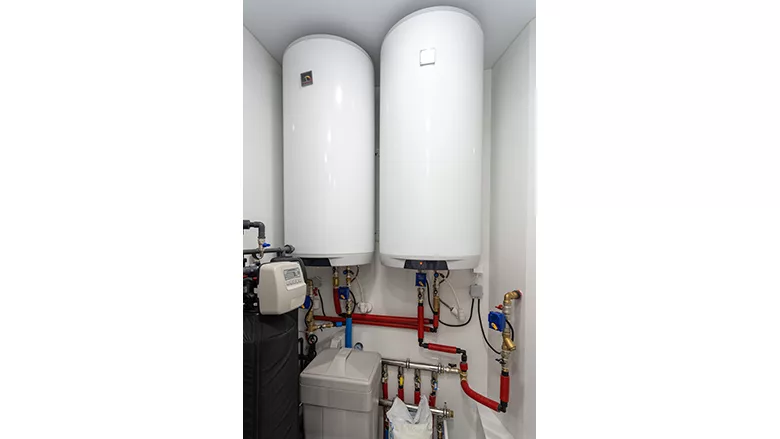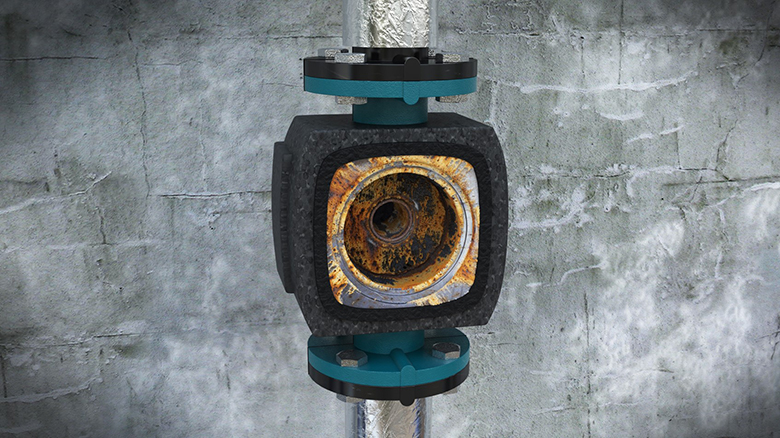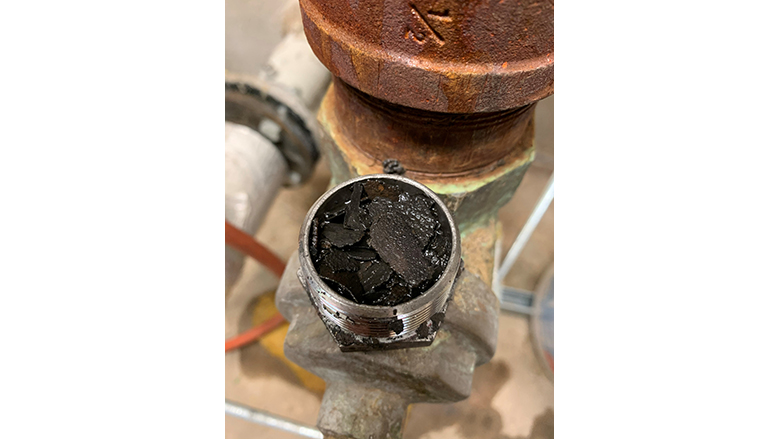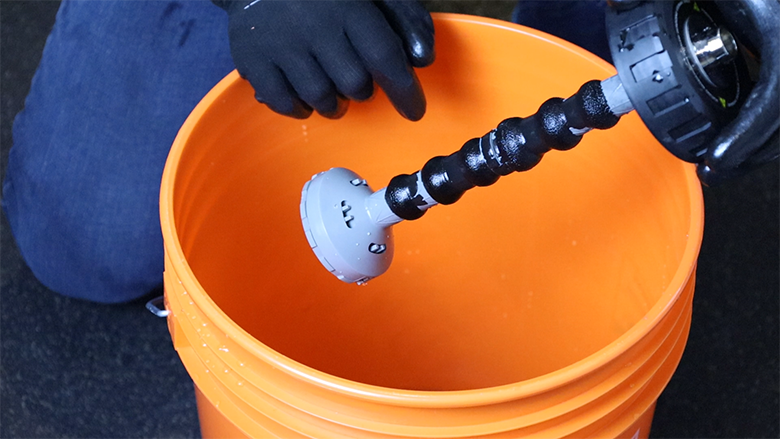Why hydronic system protection isn't complete without a permanent magnet
Beat the corrosion clock.

Heat accelerates the process of corrosion. So a hydronic system, by its very nature, is a catalyst for corrosion. Getty Images/iStockphoto
Do you work on closed-loop hydronic heating and cooling systems? Does your installation or service include equipment protection? If so, does it include a permanent magnet? If not, it should, and here's why…
As soon as a new hydronic system is installed, the clock to counteracting corrosion begins.
How does corrosion occur in a hydronic system?
Corrosion is a natural process that occurs in every system — residential or commercial, heating or cooling, old or new.

All new components are exposed to oxygen and other contaminants during the manufacturing, transportation and storage process. Fluxes can build up on the inside of components, such as pipework, during installation. Air pockets are very common when filling a new system.
In addition, most high-efficiency systems have dissimilar metals, which can cause a galvanic reaction, leading to the onset of corrosion.
For existing systems, faulty air vents, pinholes, plus all of the exposures during the installation, to begin with, accelerate the process of corrosion.
What effect does corrosion have on a hydronic system?
Once corrosion begins, the clock starts ticking. It's only a matter of time before it starts to cause all sorts of system issues, such as failed sensors and controls, system leaks, fouled ECMs and even boiler failures.

The biggest concern for any high-efficiency hydronic system is the risk of blockage. Blockages not only can dramatically reduce the efficiency of your system, but they also can prematurely shorten the functional life of major components. A high-efficiency boiler will work only as efficiently as the water circulating through it, which is why maintaining water quality is vital.
Knowledge is power, and a little extra effort can yield years of higher efficiency and longer life for system components. Another critical concept to realize, particularly in hydronic systems, is that heat accelerates the process of corrosion. That's right, a hydronic system, by its very nature, is a catalyst for corrosion!
How do I prevent or stop corrosion?
Corrosion can never stop entirely. The main reason is it’s virtually impossible to have zero oxygen in a system. Where there's oxygen, there's corrosion. However, it can be slowed and prevented in a new system through a three-step solution: test, clean and protect.
Test: Testing is a vital step in understanding the quality of the system water. There are various tools available at local suppliers that help test for key water parameters, such as insoluble iron; i.e., magnetite, which is a result of corrosion, copper, pH, hardness, etc. These tests also provide recommendations on restoring and treating the system water.
Clean: Any system with corrosion will need a cleaning. There are neutral-based cleaners on the market designed to lift and dislodge scale and corrosion deposits on system components and pipework. There are also acidic cleaners intended to descale the system and its components. Any cleaner must be drained from the system: Always check the manufacturer's packaging/guides for timeframes.
Protect: Unfortunately, the corrosion process never stops, so any hydronic system will need the long-lasting, continuous protection of an air and dirt separator and a magnetic filter. Air and dirt separators should be installed on the supply side of the system to aid air removal. In contrast, a magnetic filter should be installed on the return side, just before the boiler, to capture any debris and magnetite before they can enter the heat exchanger.
Another critical concept to realize, particularly in hydronic systems, is that heat accelerates the process of corrosion. That's right, a hydronic system, by its very nature, is a catalyst for corrosion!
Inhibitors are also vital in ensuring the ongoing protection of the system. Inhibitors provide a protective coating on all system components to prevent future corrosion. Most also contain pH buffering agents to neutralize pH levels, preventing future acidic or alkaline corrosion.
What is magnetite?
We’ve mentioned magnetite a couple of times in this article, but have not explained what it is….yet!
Magnetite forms from air and water mixing inside the pipes of an untreated hydronic heating system. As these small (.0003-micron) magnetic particles circulate and accumulate inside the system, they adversely impact heat-transfer rates and boiler efficiency.

Eventually, iron oxide buildup can lead to equipment damage and/or failure, resulting in costly repairs. Studies in the United Kingdom have revealed that sludge or magnetite is the No. 1 cause of heating system breakdowns.
Due to the minute size of these particles, magnetite may not be visible. In fact, system water may look clear, but that doesn't necessarily mean that it is.
In other words, testing is an essential step to maintaining the longevity and efficiency of any hydronic system.
Why do I need magnets? Why won't inhibitors alone protect a system?
Magnetite, the most damaging effect of corrosion on a system, requires ferromagnetism to be removed; i.e., permanent magnets. Magnetite is attracted to magnets; therefore, the larger the magnet, the bigger the surface area for this attraction.
Also, where these magnets are located in the system makes a huge difference. Positioning them directly in the water flow makes a significant impact on capture rates and system performance.
The No. 1 reason why inhibitors alone won't protect a system is that inhibitors contain several ingredients to provide protection. Within these are film-forming and absorption organic components. These are absorbed onto surfaces of metallic compounds, i.e., magnetite, to provide protection; however, the more magnetite builds up, the more the inhibitor is absorbed.
This means without using a permanent magnet to capture the continuous buildup of magnetite, the inhibitors will eventually deplete over time. As a consequence, the system will no longer be protected.
Looking for a reprint of this article?
From high-res PDFs to custom plaques, order your copy today!









